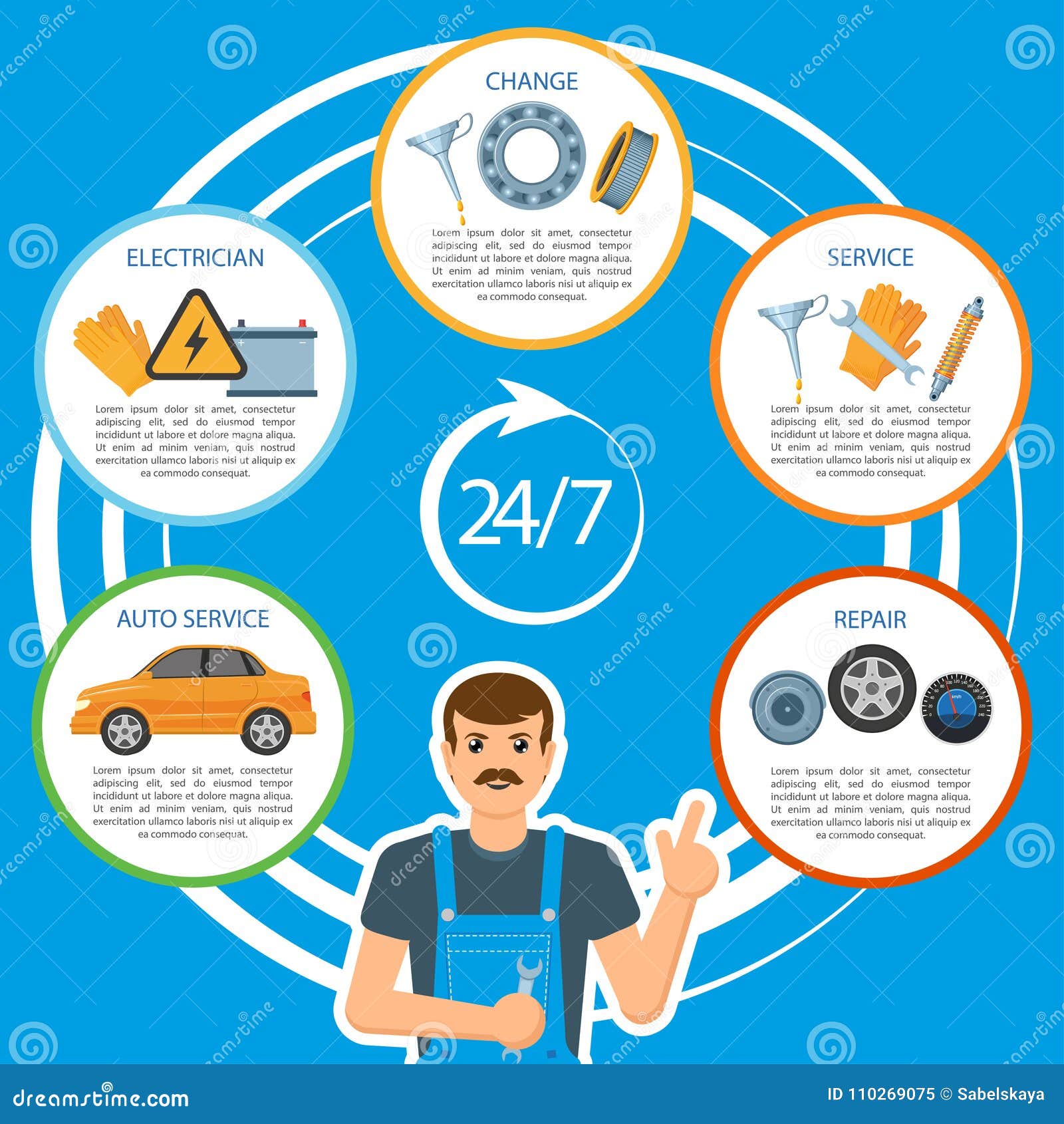Comprehending The Significance Behind Your Car'S Warning Lighting: A Thorough Look
Comprehending The Significance Behind Your Car'S Warning Lighting: A Thorough Look
Blog Article
Material Author-Lauritsen Forbes
When you're behind the wheel, those radiant caution lights on your dashboard can be a little bit difficult. Do https://www.wyshradio.com/2022/06/aaa-offers-tips-to-prevent-tragedies-involving-hot-cars-kids-and-pets/ know what they're attempting to tell you regarding your automobile's health and wellness? Recognizing the significance of these lights is essential for your security and the longevity of your vehicle. So, the following time among those lights appears, would not you intend to decode its message accurately and take the essential steps to resolve it?
Common Caution Lights and Interpretations
Recognize typical warning lights in your car and recognize their definitions to make sure safe driving.
One of the most normal caution lights consist of the check engine light, which signals concerns with the engine or exhausts system. If this light comes on, it's vital to have your vehicle checked promptly.
The oil pressure warning light indicates low oil stress, calling for immediate attention to prevent engine damages.
clicking here flashing battery light could suggest a defective charging system, possibly leaving you stranded otherwise addressed.
The tire pressure surveillance system (TPMS) light alerts you to reduced tire pressure, impacting lorry stability and gas efficiency. Neglecting this can result in risky driving problems.
The abdominal light indicates an issue with the anti-lock stopping system, endangering your ability to stop swiftly in emergencies.
https://chassispartscar17384.mybuzzblog.com/11754177/the-ease-of-mobile-cars-and-truck-describing-changes-your-automobile-s-look-but-is-it-as-efficient-as-typical-techniques-discover-the-reality-behind-this-service but not least, the coolant temperature cautioning light warns of engine getting too hot, which can lead to extreme damages otherwise settled promptly.
Recognizing these usual caution lights will certainly assist you deal with problems quickly and preserve safe driving problems.
Importance of Prompt Attention
Recognizing the typical caution lights in your automobile is just the very first step; the significance of immediately resolving these cautions can't be emphasized sufficient to guarantee your safety and security when traveling.
When a warning light illuminates on your control panel, it's your auto's method of communicating a potential issue that needs interest. Disregarding these warnings can result in extra severe problems later on, compromising your security and potentially costing you more in repairs.
Prompt interest to alerting lights can prevent malfunctions and accidents. For example, a blinking check engine light could indicate a misfire that, if left unattended, might trigger damages to the catalytic converter. Resolving this without delay can save you from a costly repair.
Likewise, a brake system cautioning light might indicate low brake fluid or used brake pads, essential components for your safety and security when driving.
DIY Troubleshooting Tips
If you discover a warning light on your control panel, there are a couple of DIY troubleshooting ideas you can try prior to seeking expert assistance.
The primary step is to consult your cars and truck's manual to recognize what the certain warning light indicates. In some cases the problem can be as straightforward as a loosened gas cap setting off the check engine light. Tightening up the gas cap might resolve the issue.
One more common concern is a reduced battery, which can activate different cautioning lights. Checking the battery connections for rust and ensuring they're safe might repair the issue.
If a warning light persists, you can try resetting it by separating the auto's battery for a few mins and afterwards reconnecting it. Additionally, inspecting your automobile's fluid levels, such as oil, coolant, and brake fluid, can assist fix alerting lights connected to these systems.
Final thought
Finally, recognizing your auto's warning lights is crucial for maintaining your car running smoothly and securely. By without delay addressing these signals and knowing what they indicate, you can prevent pricey repair work and potential breakdowns.
Remember to consult your car's handbook for certain information on each warning light and do something about it appropriately to make certain a hassle-free driving experience.
Keep notified, stay safe when driving!
